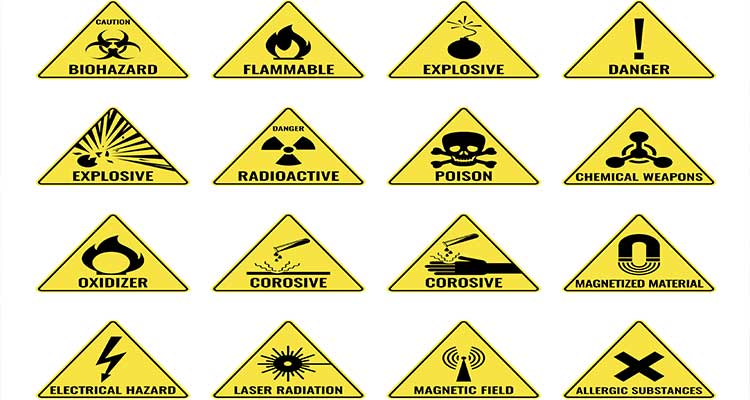
Dangerous goods are subject to transport, workplace, storage, consumer and environment protection regulations, to prevent accidents to persons, property or the environment, to other goods or to the means of transport employed.
The transport solution involves the implementation of adequate measures to ensure their transit in total security. Transportation may be by land, sea, waterways, rail or even by air.
On both local and international levels, regulations are extremely strict regarding authorization for the transport of hazardous goods in a given territory. Market players must respect several directives according to the mode of shipment employed:
- ADR transport: transit by road, conformity with the European Accord for Dangerous Goods by Road;
- Air transport: this transit mode involves the technical security directives elaborated by the International Civil Aviation Organization (ICAO).
IATA says:
“Every year more than 1.25 million dangerous goods shipments are transported by air. With air cargo growth predicted at 4.9% every year over the next 5 years the number of dangerous goods shipments will rise significantly.“
Our staff is trained to act as shipper and forwarder as per IATA/CBTA rules for:
- Class 2—Gases
- Class 3—Flammable Liquids
- Class 4—Flammable Solids; Substances Liable to Spontaneous Combustion; Substances which, in Contact with Water Emit Flammable Gases
- Class 5—Oxidizing Substances and Organic Peroxides
- Class 6—Toxic and Infectious Substances
- Class 8—Corrosives
- Class 9—Miscellaneous Dangerous Substances and Articles, Including Environmentally Hazardous Substances
